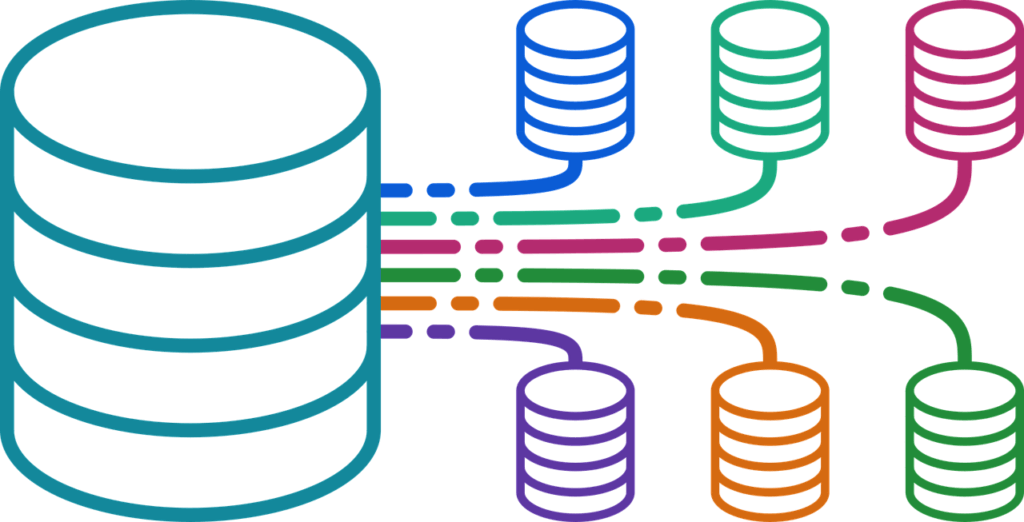In today’s digital landscape, efficient management of data is crucial for the success of businesses across various industries. Database Management Systems (DBMS) play a pivotal role in organizing, storing, and retrieving data. Two common architectures used in DBMS are the 2-tier and 3-tier models. Understanding the differences between these architectures is essential for businesses to make informed decisions about their database infrastructure.
Understanding 2-Tier DBMS Architecture
In a 2-tier architecture, also known as the client-server model, there are two main components: the client and the server. The client is responsible for presenting the user interface and processing user requests, while the server manages the data storage and retrieval processes. This architecture is characterized by its simplicity and direct communication between the client and the database server.
Advantages of 2-tier architecture include simplicity of design and implementation, as well as direct communication between the client and server, which can result in faster response times for queries. However, this architecture may struggle with scalability and can pose security risks due to direct access to the database server from the client.
Exploring 3-Tier DBMS Architecture
In contrast, 3-tier architecture divides the application into three layers: presentation, application logic, and data storage. The presentation layer handles user interaction and interface, the application logic layer processes user requests and business logic, and the data storage layer manages data storage and retrieval. This architecture provides a more modular and scalable approach compared to the 2-tier model.
Advantages of 3-tier architecture include improved scalability, as the application logic layer acts as an intermediary between the client and the database server, reducing the load on the database server. Additionally, separating the layers enhances security by limiting direct access to the database server. However, 3-tier architecture may introduce additional complexity and overhead in terms of development and maintenance.
Comparison between 2-Tier and 3-Tier Architectures
When comparing 2-tier and 3-tier architectures, several factors need to be considered:
- Scalability: 3-tier architecture is generally more scalable than 2-tier architecture due to its modular design, which allows for easier scaling of individual layers.
- Performance: While 2-tier architecture may offer faster response times for simple queries, 3-tier architecture can provide better performance for complex applications by distributing processing tasks across multiple layers.
- Security: 3-tier architecture enhances security by limiting direct access to the database server, reducing the risk of unauthorized access and data breaches.
- Maintenance: 2-tier architecture may require less maintenance due to its simpler design, but 3-tier architecture offers better maintainability and flexibility for future updates and modifications.
Use Cases and Suitability
The choice between 2-tier and 3-tier architectures depends on the specific requirements and constraints of each project. 2-tier architecture may be suitable for small-scale applications with limited scalability requirements and tight budget constraints. On the other hand, 3-tier architecture is preferred for large-scale applications with complex business logic and scalability needs.
When Choosing Between 2-Tier and 3-Tier Architectures?
When deciding between 2-tier and 3-tier architectures, businesses should consider factors such as their current and future scalability needs, budget constraints, and resource availability. Additionally, the integration with existing systems and applications should be taken into account to ensure compatibility and seamless operation.
Implementation Considerations
Implementing a 2-tier or 3-tier architecture requires careful planning and consideration of various factors. Businesses need to evaluate their existing infrastructure and determine the most suitable architecture based on their specific requirements and constraints. Database design is also a crucial aspect to consider, as it can impact the performance and scalability of the system.
Real-World Examples
Several companies have successfully implemented both 2-tier and 3-tier architectures to meet their business needs. For example, small businesses with limited resources may opt for 2-tier architecture for its simplicity and cost-effectiveness, while large enterprises with complex systems may prefer the scalability and flexibility of 3-tier architecture.
Conclusion
In conclusion, the choice between 2-tier and 3-tier DBMS architectures depends on various factors such as scalability, performance, security, and maintenance requirements. While 2-tier architecture offers simplicity and direct communication between the client and server, 3-tier architecture provides better scalability, security, and maintainability. Businesses should carefully evaluate their needs and constraints to make an informed decision about the most suitable architecture for their database infrastructure.
FAQs:
-
Which architecture is better for small businesses?
- For small businesses with limited resources and scalability needs, 2-tier architecture may be more suitable due to its simplicity and cost-effectiveness.
-
How does 3-tier architecture enhance security?
- By limiting direct access to the database server and separating the application logic layer, 3-tier architecture reduces the risk of unauthorized access and data breaches.
-
Can I switch from 2-tier to 3-tier architecture?
- Yes, it is possible to migrate from 2-tier to 3-tier architecture, but it requires careful planning and consideration of various factors such as scalability, performance, and integration with existing systems.
-
Which architecture is more scalable?
- Generally, 3-tier architecture is more scalable than 2-tier architecture due to its modular design, which allows for easier scaling of individual layers.
Do you like to read more Blog content? Read our blogs at PintoraBlogs

